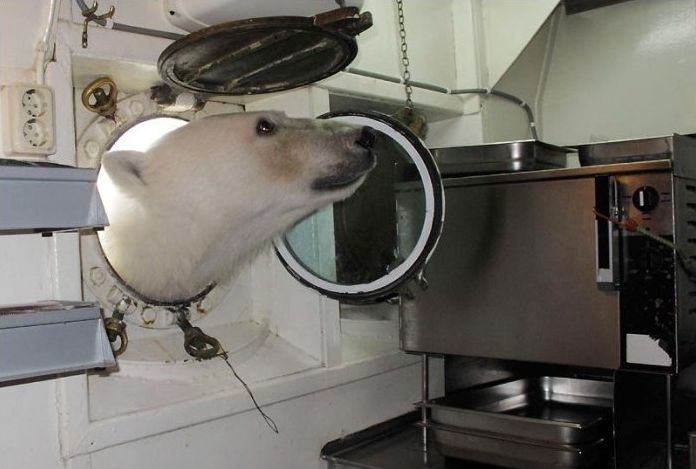|
|
Polar Bear Photography
|
The IUCN now lists global warming as the most significant threat to the polar bear, primarily because the melting of its sea ice habitat reduces its ability to find sufficient food. The IUCN states, "If climatic trends continue polar bears may become extirpated from most of their range within 100 years." The polar bear was listed as a threatened species under the Endangered Species Act by the United States Department of the Interior in 2008.
Constantine John Phipps was the first to describe the polar bear as a distinct species. He chose the scientific name Ursus maritimus, the Latin for 'maritime bear', due to the animal's native habitat. The Inuit refer to the animal as nanook (transliterated as nanuuq in the Inupiaq language). The Yupik also refer to the bear as nanuuk in Siberian Yupik. The bear is umka in the Chukchi language. In Russian, it is usually called бе́лый медве́дь (bélyj medvédj, the white bear), though an older word still in use is ошку́й (Oshkúj, which comes from the Komi oski, "bear"). In French, the polar bear is referred to as ours blanc ("white bear") or ours polaire ("polar bear"). In the Norwegian-administered Svalbard archipelago, the polar bear is referred to as Isbjørn ("ice bear").
The polar bear was previously considered to be in its own genus, Thalarctos. However, evidence of hybrids between polar bears and brown bears, and of the recent evolutionary divergence of the two species, does not support the establishment of this separate genus, and the accepted scientific name is now therefore Ursus maritimus, as Phipps originally proposed.
|
|









